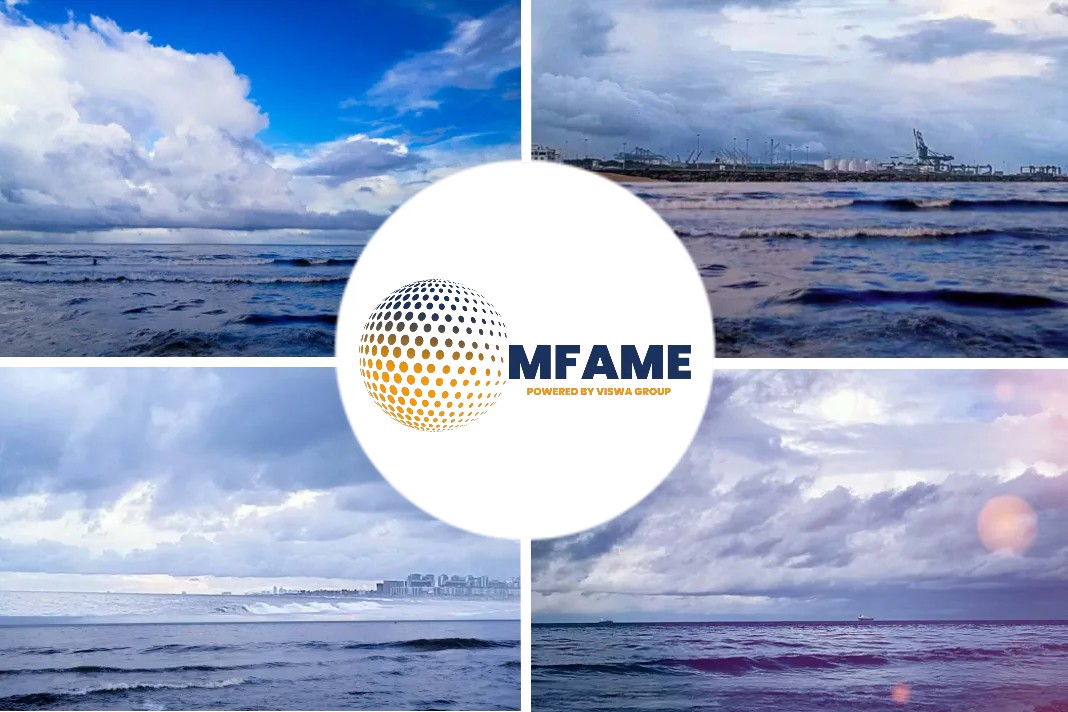With more number of ships for decarbonisation, the search for credible, viable and cost-effective solutions has increased.
Initial challenges
To counter the challenges of IMO’s initial strategy to peak GHG emissions from international shipping as soon as possible and to reduce the total annual GHG emissions by at least 50% by 2050 compared to 2008 can be achieved by opting for wind propulsion technologies.
Wind propulsion technologies
The wind propulsion technologies can help cut fuel costs significantly, make vessels compliant with existing and impending emission regulations, and create energy security and long-term resilience in a volatile market.
SMM 2018, one of the world’s largest shipping events to be held in Hamburg from 4th-7th September this year, offers a great opportunity to explore some of these wind propulsion solutions and visit exhibiting companies that are using 21st century technology to drive the reintroduction of clean, predictable maritime wind propulsion systems. The event will be held in Marin, Hall number B2 at the EG booth: 320.
Sustainable shipping
The Head of Ships at MARIN, Guilhem Gaillarde said, “Zero emission shipping and sustainable activities on our oceans are the most important challenges we, as a maritime community, need to tackle in the coming decades. This energy revolution will require smart solutions to be developed and the use of wind as a direct energy resource on board ships is part of that revolution. MARIN, as a leading and independent maritime institute, is dedicating a significant effort to help the industry developing innovative solutions and ship owners in implementing such technique in their operations. Winds of changes will blow in the shipping sector, so better be prepared for it!”
Increased concentration on rotors
Flettner rotors are a growing wind propulsion trend in the industry, with 4 new vessels outfitted with rotors in the last 12 months. Marigreen (Hall A5 – booth 204), a Dutch-German joint industry project partnership of 15 maritime companies and research institutions, has recently fitted it’s Ecoflettner rig for sea trials on the MV Fehn Pollux, a 4,200 dwt general cargo vessel and Norsepower (Hall A5 – booth 302) has installations on M/V Estraden, a Bore Ro-Ro and General Cargo service operating between the UK and Belgium and the Viking Grace, a Viking Line cruise-ferry operating in the Baltic. They are also currently installing Rotorsails on board a Maersk Tankers 109,647 dwt Long Range 2 (LR2) product tanker. Norsepower CEO, Tuomas Riski states: “Norsepower’s mission is to reduce the environmental impact of shipping by providing efficient, easy to use and reliable auxiliary wind propulsion for ships. Auxiliary wind propulsion is one of the key technologies for shipping to achieve the demanding fuel and emissions reduction requirements.”
Wingsail Technology
Two other companies utilizing variations on hard wingsail technology are Bound4Blue (Hall A5 – booth 100) and Peaceboat’s Ecoship Project (Hall A5 – booth 110). Bound4Blue asserts that, ‘by installing b4b’s wingsail system on a medium-sized tanker we would save up to 2,300 tonnes of fuel and the associated 7,200 tonnes of CO2, equivalent to the emissions of 2.450 cars. If we reach only 1% of global fleet, 4 million tons of CO2 would be saved, the equivalent to 1.3 million cars.’ Bound4Blue is currently building two wingsails to be installed in early 2019 on a 40m longliner fishing vessel owned by OR.PA.GU and on a converted Bulk Carrier.
Sustainable cruise ships
Peace Boat’s Ecoship is the next stage of Peace Boat’s journey to promote climate action by constructing the world’s most sustainable cruise ship. The 55,000 tonne, 2,000 passenger, Ecoship will be fitted with 10 retractable sails as wind-assist propulsion for the vessel. Yoshioka Tatsuya, Director and Founder of Peace Boat states, “The maritime world still has a lot of work to do to reach the SDG goals set for 2030. Our Ecoship will be an example of all the changes that are possible for a more sustainable maritime world and we look forward to exploring opportunities with new partners for collaboration at SMM.”
Since the last SMM in 2016, an EU commissioned report has outlined the potential wind propulsion market by 2030, which could amount to 3,700–10,700 installed systems on bulkers & tankers, associated with approx. 3.5–7.5 Mt CO2 savings. Visiting these ground-breaking companies at SMM2018 gives you the opportunity to see how that can be achieved.
Did you subscribe for our daily newsletter?
It’s Free! Click here to Subscribe!
Source: International Windship Association (IWSA)






















